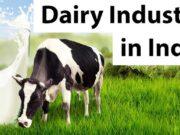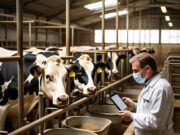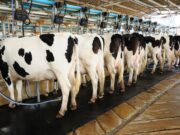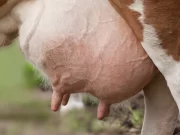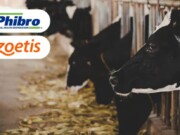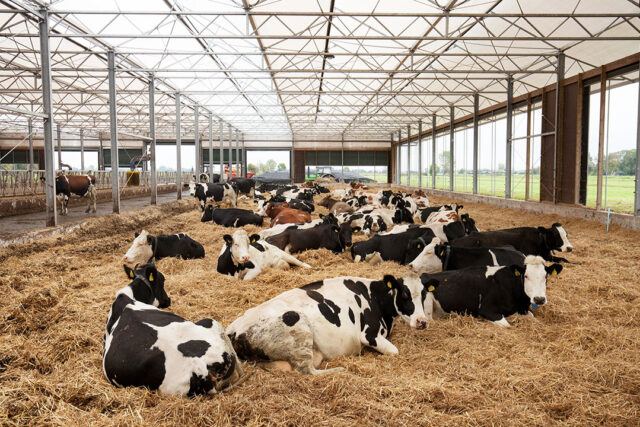
INTRODUCTION
FOR increased production, it is necessary to give animal proper comfort, their environment must be considered. There should be a proper place for rest of cows where minimum harm is inflicted to them. Providing them with a properly designed stalls with comfortable bedding is one of the aspect which must be considered.
Providing them with inadequate hard bedding in resting place resulted in lameness, decreased performance risk of injuries.
DIFFERENT TYPES OF FLOORING
- CEMENT CONCRETE:
- Common material used
- Cheap and durable if properly constructed
- Provides the required cool conditions for the animal
- Groove and rough surface must be provided to make non slippery and to prevent them from accident.
- BRICKS:
- Provides non-conducting warmth floor which is necessary in houses.
- Hard impervious bricks with grooves on the surface.
- Joints are coated with cement mortar.
- Ideal flooring for animals because of durability and damp proof condition.
- STONE SLAB FORMING:
- Stones are made into blocks.
- Durable and strong
- Granite stones are used where they are easily available
- GRAVEL:
- It absorbs water and worn out quickly.
- Continuous repair and maintainance is required.
- During disease outbreak disinfection is not possible with this type of flooring.
- RUBBER FLOOR:
- Rubber is used as block set on cement block or as a thin mat with grooves and ridges on the surface.
- It is costly and fixing is difficult.
- In western countries this rubber flooring is used in dairy and calving boxes to provide clean, soft and comfortable surface.
EFFECT OF FLOORING IN DAIRY LIVESTOCK AND PRODUCTION
COWS prefer softer bedding materials for lying and spend longer time on it rather than hard bedding
High productivity.

Optimize the time for their lying or their rest time.

Disturbed rest will affect the production.

Decreased secretion of growth hormone and decreased lying time is related to hoof health and lameness.
Cows needs 1-4 hours of rest a day which enables better flow of blood to their teats and increased salivation in mouth. This will reduce the chances of ruminal acidosis. 3L of blood per min flows through teats of standing cow, whereas 5L of blood per min flows through teats of resting cow. So proper rest will also helps in maintaining good udder health and functions which will increase milk production. That all depends on stall design specially flooring material and time of day. In bedding materials, presence of large number of different types of bacteria results in mastitis and increase in somatic cell count. Mastitis directly affects quantity and quality of milk. Physical and nutritional conditions of bedding materials also affects the growth of microorganism.
CONCLUSION
Various flooring system has been developed to support animal comfort, health and production and providing animal management indoor. Clean, dry, comfortable and non slippery bedding area should be there for ease of their rising.
